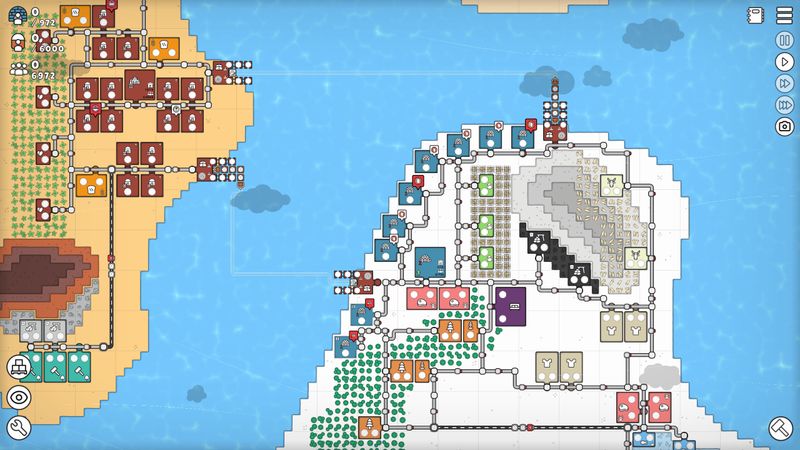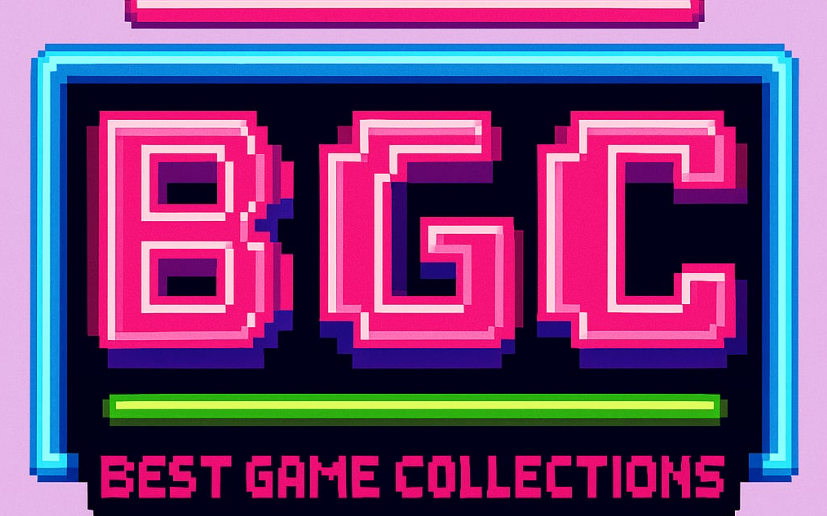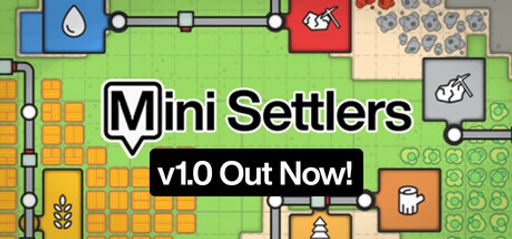I’m always on the lookout for titles that put a fresh spin on familiar formulas. Mini Settlers, created by Knight Owl Games and published by Goblinz Publishing, fits that bill perfectly. Launched on May 6, 2025, this minimalist city builder offers a relaxed yet engaging playstyle. After exploring islands, laying out transport networks, and watching my settlement grow, here’s what I think works. And what could use a little polish.
Overall Experience
Mini Settlers delivers a calm setting that rewards thoughtful planning over frantic micromanagement. Rather than punishing mistakes with an abrupt “game over,” it eases you back in. If your logistics lag, your population simply dips, giving you a moment to rethink your approach. This forgiving system stands in contrast to harsher city builders and makes it easy to relax without fearing sudden failure.
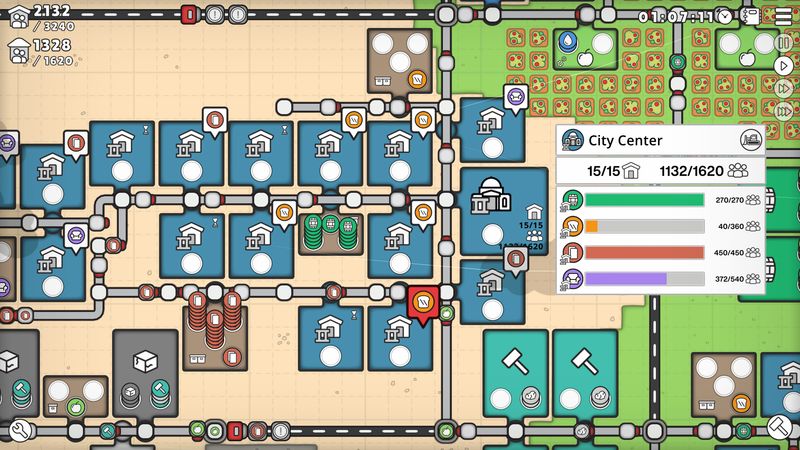
Core Mechanics
The game’s strength lies in turning complex supply chains into clear, puzzle-like challenges. Building on separate islands feels satisfying as you watch your roads and routes evolve. Although the grid-based layout and balancing act recall classics like Mini Metro, Mini Settlers adds new twists that make it feel both nostalgic and fresh. Instead of fast-paced action, progress comes from steady growth, which reinforces the game’s laid-back vibe and reduces the usual stress of managing runaway systems.
Player Feedback
Many users love watching traffic patterns shift without panic. I share that view: when a small jam formed in my network, I could easily reroute vehicles without harsh penalties. This gentle challenge is a breath of fresh air in a genre known for sudden crises. Plus, the lack of a ticking clock lets both beginners and experts dive deeply into design, trying different layouts without constant pressure.
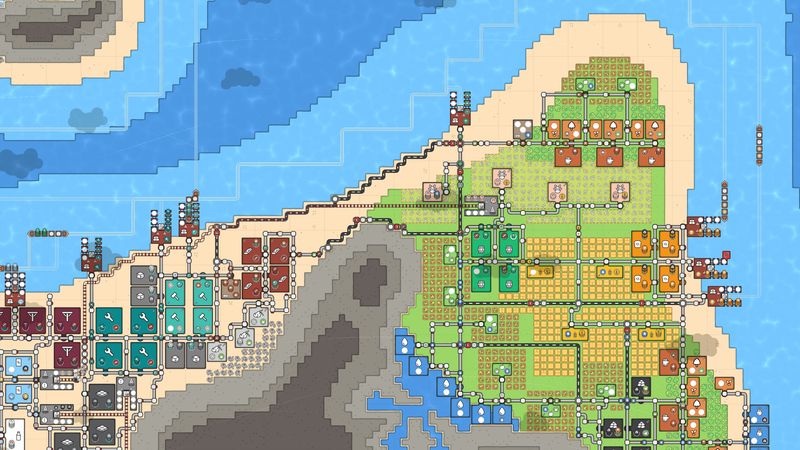
Genre Comparison
Mini Settlers naturally draws comparisons to The Colonists, but it stands out by modernizing transport and infrastructure. Here, success hinges on gradual resource flow and city expansion instead of rigid mechanics. Knight Owl Games strikes a neat balance between simple visuals and deep systems, inviting players to explore every corner of its minimalist world.
Visual Design
The art style is clean and geometric: islands, roads, and buildings are all rendered in simple shapes. While it won’t compete with high-fidelity titles, this clarity is intentional. The visuals support calm, focused play and keep your attention on strategy rather than flashy effects.
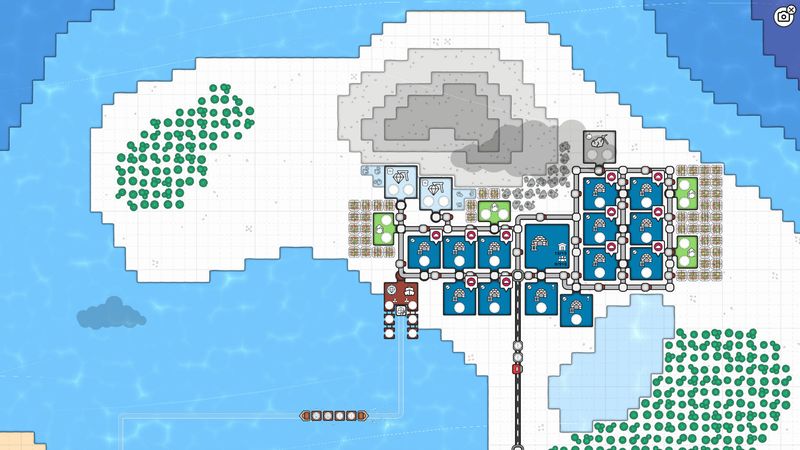
Audio & Music
The soundtrack features gentle, looping melodies that match the game’s pace. However, after long sessions, the tracks can start to feel repetitive. Adding a few more tunes would boost the overall mood. Sound effects are subtle and fitting, hinting at your city’s bustle without distracting you.
Narrative Approach
Storytelling takes a back seat here. There’s no epic plot or memorable characters—just your growing settlement. This minimalist narrative mirrors the visual style and keeps the focus squarely on logistics. While a richer storyline could add flavor, the simplicity ensures every decision directly influences your city’s growth.
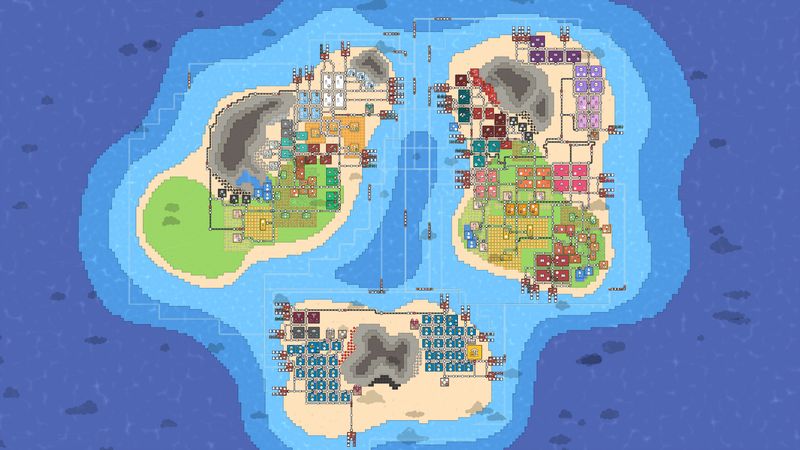
Difficulty & Replay Value
Mini Settlers strikes a careful balance: it challenges players who plan ahead without overwhelming them with harsh penalties. Each session teaches you something new, and the sandbox design encourages replaying to optimize layouts or try creative configurations. The absence of strict time limits may feel less urgent, but it also opens a space for strategic exploration and fine-tuning.
Final Thoughts
Mini Settlers stands out among minimalist city-builders thanks to its forgiving mechanics, smart logistics, and serene atmosphere. It may lack a deep story and its soundtrack could use more variety, but those are minor quibbles compared to the core fun of building your own island network. With its steady, creative pace, this game earns a solid 4 out of 5 stars—and I’ll be watching eagerly for future updates from Knight Owl Games, whether they add new tracks or extra gameplay layers.
